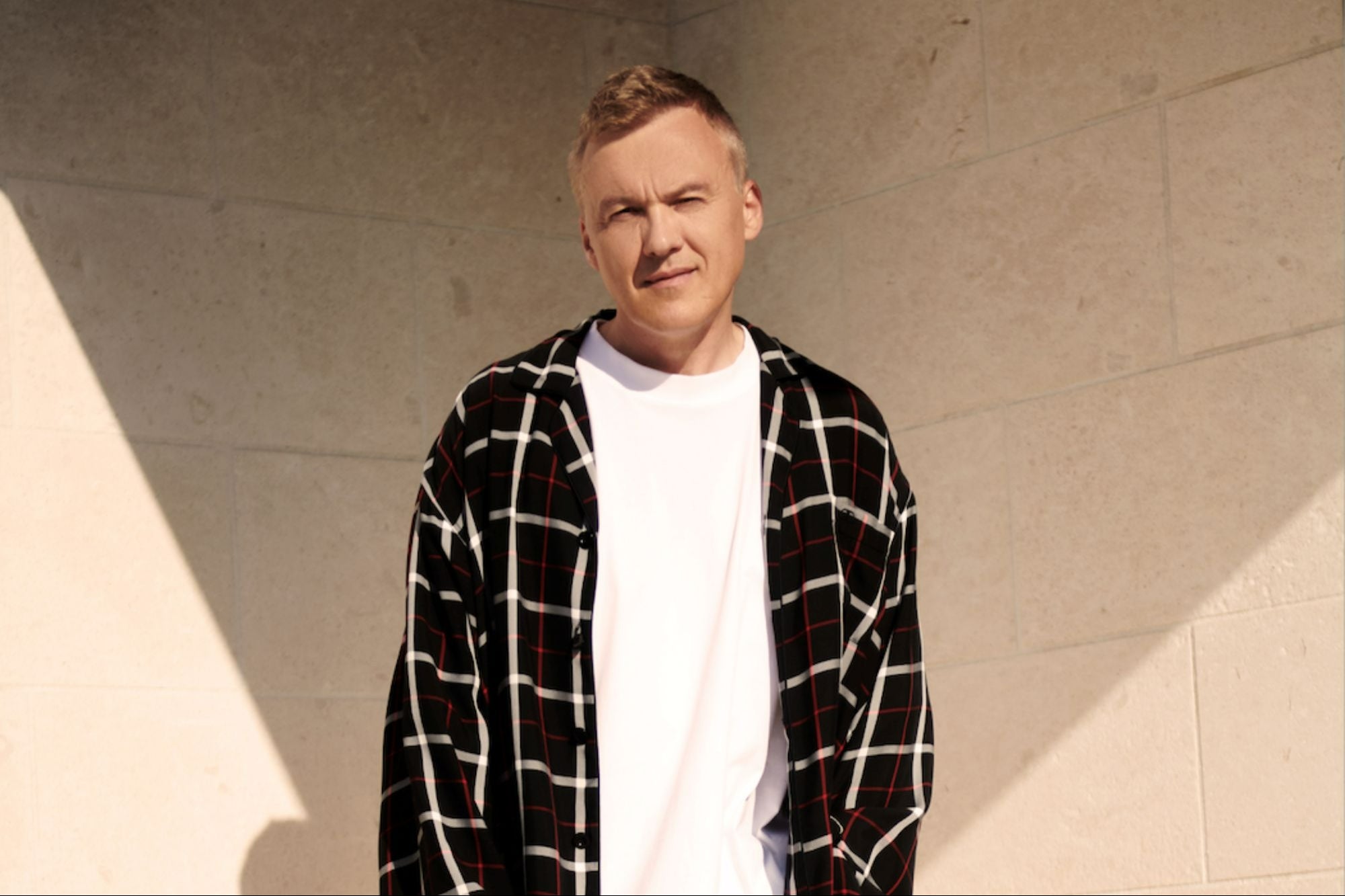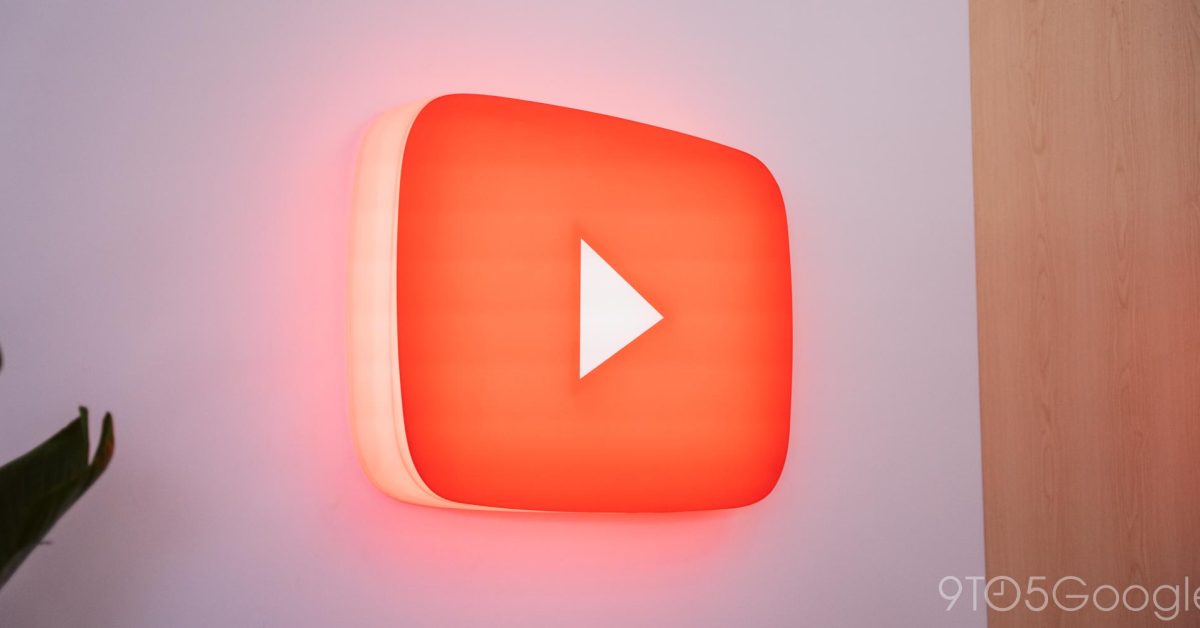Opinions expressed by Entrepreneur contributors are their own.
You’re reading Entrepreneur India, an international franchise of Entrepreneur Media.
Cartoons about Blue Tractor, Kotte Kitty, and the musical show “Kukutiki” are gaining popularity in India, the United States, and Europe.
“Our heroes are cars and animals that are understandable to toddlers all over the world. Sometimes, even without dialogue, it’s easy to understand what’s happening on the screen,” says Artur Dneprovskii, the creator and creative producer of children’s animated videos with a multimillion audience, and the owner of YouTube’s Gold and Silver Play Buttons. The popularity of some videos is impressive: for example, the composition “Tractor Ride” has accumulated over 3.1 billion views across several YouTube channels.
Having worked in the media business for over 10 years and holding leading roles in the industry’s largest companies, the producer has accumulated a wealth of experience in producing entertainment content. He founded his own production company, Big Papa, which currently manages 16 successful YouTube channels for children aged 1 to 5.
Artur Dneprovskii is an idea generator and writes scripts himself. Initially, the characters and shows he created gained popularity among viewers from the CIS countries. Over nine years, the channels “Blue Tractor,” “Kotte Kitty,” and “Kukutiki” collectively gathered almost 20 million subscribers on YouTube.
In 2022, the creative producer decided that it was time to conquer the global market, and he was not mistaken. The videos are already actively being watched in India, the United States, and Europe. In less than a year, the Spanish and English language channels of “Kotte Kitty” accumulated over 3.5 million subscribers without massive budgets or even investments in advertising.
“My creative abilities and the opportunities provided by YouTube have come together successfully,” explains the media professional about the success of his creation. However, behind this lies diligent work and numerous creative insights.
Create a character that you want to hug.
“People often tell me that I seem to have a keen sense of what the target audience needs,” says Artur Dneprovskii. “I think my creative intuition is a result of several factors. First, it comes from my innate musical ear and musical education, which was nurtured by frequent visits to the Philharmonic in my childhood. Second, it comes from my experience working in various companies, which has given me a well-rounded perspective on the creative process. And third, it comes from my curiosity. I’m interested in everything. I observe children’s behavior a lot, including that of my own daughter, and it helps me understand what my audience needs.”
When creating characters, the producer follows his main principle: children should want to hold the characters in their arms. “If a child empathizes with the characters, they will watch the video until the end,” he confidently believes.
After an idea and character concept are born, the producer immediately gives a detailed briefing to the studio artist. This was the case with the most popular character, the Blue Tractor. “I described in detail that our hero should be a tractor and specifically blue in color. It should have large rear wheels and small front wheels. It should be lively, with big expressive headlight-eyes,” recalls the creative producer.
Making the characters vibrant and recognizable is achieved through a unique style and “the necessary level of simplicity.” “We try to avoid unnecessary details and excessive elaboration. Children need large, visually appealing, understandable, and charismatic heroes. We could add a step for the driver to the tractor, like a real vehicle has. But why? It’s important to look at the character through the eyes of a child,” asserts Artur Dneprovskii.
According to him, it only takes a few seconds to determine whether the desired result has been achieved or if further adjustments are needed. “Creative vision allows me to accurately determine whether the content will appeal to young children. Sometimes, when making corrections, colleagues criticize me for being too nitpicky about the product, but in the end, they usually admit that I was right,” he says.
This process applies not only to the development of characters but also to songs. Before the Blue Tractor character was introduced, the studio released the song “Tractor Ride,” which exploded on the internet and quickly went viral. However, the producer had to put in some work beforehand: the original version of the lyrics, sent by the composer, had to be simplified significantly, and the melody had to be infused with energy and dynamics. “Sometimes, just by speeding up the tempo of a song by a few beats, it can sound completely different. That’s when the magic happens,” says Artur Dneprovskii.
He aptly compares his role in production to that of an orchestra conductor. As a creative producer, he is responsible for the creative aspect of all the studio’s products.
The song “Tractor Ride” teaches children to distinguish the sounds of the surrounding world. “Everything should be based on a great idea. A child isn’t interested in how a turquoise drop murmurs or how a bird chirps in the mountains. They want to know how a tractor and a truck rumble, what sounds a cow makes, how a dog barks. Something earthly that they can encounter in everyday life,” explains the producer.
Create project depth and a “wow factor.”
One of the key elements of a successful project is its depth, emphasizes Artur Dneprovskii. Specifically, the ability to develop a storyline across multiple episodes to regularly publish fresh content and delight subscribers.
The depth of a project works hand in hand with quality storytelling. The creative producer firmly believes that children won’t be satisfied with simply watching a “horse galloping on the screen or a bear walking in the forest and picking flowers.” A good story and a worthy script are necessary, he notes.
“I look for a theme that can last indefinitely. For example, for ‘Kotte Kitty,’ I created the concept of ‘Kitten and the Magical Garage’: in each episode, the character rides a car and encounters a new problem. The magical garage helps to solve it: the car transforms into an airplane, helicopter, or submarine, allowing the kitten to successfully overcome obstacles. Something extraordinary must happen on the screen—I call it the ‘wow factor,'” says Artur Dneprovskii.
To achieve the “wow factor,” finding the right format is important. “Children enjoy observing the mechanics of the process—how the car’s wheels, engine, and other parts are changed in the garage. That’s why the idea of a garage turned out to be a winning one. However, I knew for sure that a magic wand wouldn’t work for children aged two or three—they wouldn’t understand what it is,” emphasizes Artur Dneprovskii.
Find unconventional approaches.
The creative producer has developed his unique method of writing scripts. “I write the script directly in the form of dialogues and lines. I structure it in such a way that the cartoon can be watched without looking at the screen. For example, when a child is traveling in a car with their parents, they can play the audio track of an episode, and they can immerse themselves in the story—it becomes an audio narrative where everything is voiced by a narrator,” says Artur Dneprovskii.
When creating a script for children, the educational aspect should not be forgotten. “We need to not only entertain the child but also tell them something new and useful about the world around them: the different colors, how to distinguish a circle from a square, how to learn to count, why it’s beneficial to eat vegetables, how to brush teeth. We receive many positive reviews from parents. For example, they write to us that thanks to the song about vegetables, their child started eating them more often,” notes the producer.
For more effective infotainment, Artur Dneprovskii came up with the idea of incorporating interactive elements, such as educational games, into the episodes’ musical clips. This sets his content apart from competitors. For example, during a song, the Blue Tractor addresses young viewers and asks quiz questions. This approach makes learning easy and avoids overloading the content with too much meaning. Judging by the popularity of the projects and the feedback received, this strategy is indeed effective.
Taming the algorithms of YouTube.
In addition to managing the production mechanism, the creative producer is also required to skillfully navigate the challenges posed by modern digital platforms.
The reach of Big Papa Studio channels is growing thanks to organic user influx, and the recommendations from YouTube play a crucial role in increasing the number of views. However, the platform continually raises the bar. YouTube adjusts its algorithms in such a way that production teams must constantly improve the quality of their videos and target their audience more accurately.
New metrics are being introduced, with audience attention, or viewer retention, now being the primary focus. “If your new video fails to retain viewers, your channel will appear less frequently in recommendations. It’s better not to upload anything at all than to release a ‘poor’ video on your channel. But if you publish too infrequently, your viewership won’t grow. It’s a real quest. It’s important to constantly strike a balance,” says Artur Dneprovskii.
Through trial and error, the producer has discovered that the key to retaining attention lies not only in compelling characters, music, and storytelling but also in the dynamics of the video sequence. “Choosing the right frame rate is crucial. The video should not be drawn out, but overly active dynamics can be detrimental. The child will either get bored and switch to another video or simply won’t understand the plot and leave the channel. Each time, we search for the golden mean. And it’s satisfying to find it,” notes Artur Dneprovskii.
According to his observations, if the viewer finds the video interesting, the overall duration becomes less important. Previously, there was a belief on YouTube that longer videos performed worse. However, this criterion is more relevant to adults who understand the duration of the content. Children make decisions based on emotions: they see an image and click on it. That’s why “compilations” are popular on YouTube—videos that last for an hour or more, featuring multiple episodes in a row. For example, once a child starts watching “Kotte Kitty,” they won’t switch to anything else. And it’s convenient for parents too, as it reduces the risk of their child being distracted by unsuitable content, the producer highlights.
The choice of the target audience, ranging from 1 to 5 years old, is not accidental. It is during this age range that children are inclined to rewatch the same videos, which has a positive impact on statistics and, as a result, monetization—the key source of income for projects, according to the producer.
Work hard, fast, and efficiently – the rest will come.
Nowadays, on YouTube, the biggest studios with large budgets compete for viewer attention. Meanwhile, Big Papa production companies had to pick up speed without a major investor behind them. So, the main challenge is to produce quality content quickly within their financial means.
On average, one unit of content costs Big Papa between $4,000 and $10,000, depending on the duration and complexity. This is significantly less than the budgets spent by animation market leaders like Disney or Pixar. “My principle is to bring ideas to our business that don’t cost much to implement but yield explosive success,” shares the producer.
According to him, there is no need to chase after everything at once: conquering all platforms, seeking collaboration with brands. The task is to produce quality content, and then they will come. Because everyone understands that if a project successfully overcomes the competition on such a massive platform like YouTube, it will be popular and in demand on other platforms as well.
“Partners always came to us on their own. We had integrations with international corporations. We receive numerous proposals every day, from which we have to carefully choose. We often sell licenses for the use of characters. They are used both online and in TV shows. Our cartoons are popular among TikTokers, and many users try to copy our ideas,” says Artur Dneprovskii.
According to him, to stay relevant, it is important to constantly develop one’s own awareness and creative intuition. “I don’t think that the rapidly evolving algorithms of artificial intelligence can replace creative instincts. Yes, a computer can already draw a character or come up with a song. But for more complex tasks, a human, a creative producer, is still needed. They will assess the product as a whole, provide feedback and adjustments, and take responsibility for the results,” believes Artur Dneprovskii.
“Other creators often ask me for advice on why their projects are not taking off and how to fix it. Sometimes the script seems super, the technical aspects are done great, and the budget for each episode is tens of thousands of dollars, unlike our modest budgets. But when you see the audiovisual work as a whole and intuitively understand that it’s not what children need. Sometimes, after some time, I remember such a project and out of curiosity, I check my prediction: and indeed, the numbers haven’t grown over the years,” he concluded.










